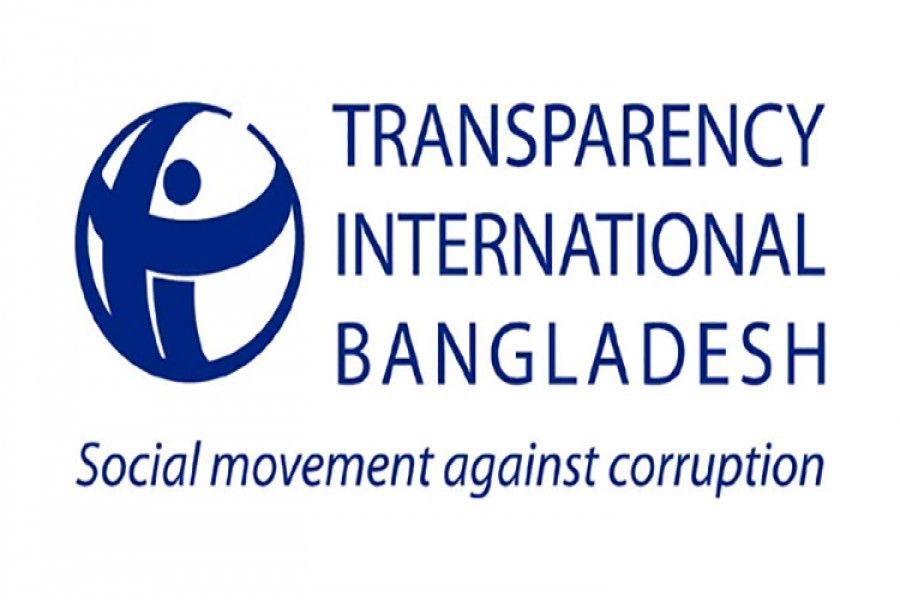Progress in publishing self-motivated information by government institutions and non-government organisations (NGOs) through websites is not satisfactory enough, according to a latest study.
The study, conducted by Transparency International Bangladesh (TIB), also reveals that in publishing self-motivated information as per the Right to Information Act 2009, the websites of most government organisations have received relatively good scores than those of NGOs.
Although positive conditions can be observed in terms of accessibility of information, effective initiatives need to be implemented in all types of organisations in terms of scope and usefulness of information, the research states.
Although a lot of information is published on the websites of government agencies as per the rules, there is still a shortage in updating the information and formatting, expanding and accessing information according to the type, the study said.
On the other hand, the websites of non-government organisations lack the necessary information as per the rules.
In addition, there is a lack of awareness among the private sector about publishing information on websites, it reveals.
On the basis of availability, information has been collected on the websites of 153 government organisations and 39 NGOs, a total of 192 organisations in this study.
Among them, 76 per cent are government organisations and 24 per cent are NGOs, the study styled Proactive Disclosure of Information by Government Institutions and NGOs on the Basis of Right to Information Act: An Assessment reads.
A total of 92.8 per cent of sample institutions both government and NGOs have websites, while 7.2 per cent does not have any website, while 3.2 per cent of government organisations and 20 per cent of NGOs did not have any website, as per the study.
Data was collected between August 2020 and January 2021 for this study.
To overcome institutional limitations in self-motivated disclosure and dissemination of information, the TIB in the study also gave 11-point recommendations
The concerned authority is required to formulate its own proactive information disclosure and dissemination guidelines and publish them on the website; and monitoring needs to be increased to ensure effective implementation of the guidelines, it suggested.
Regarding the overall ranking of sampled organisations, the study stated that of the government institutions included in the sample, about 37 per cent received satisfactory scores (above 8.0 per cent).
The score of about 8.5 per cent government institutions is alarming, it stated.
Among all sampled organisations on basis of the grading, it is seen that no NGO is in the top ten rankings, as per the study.
At almost each rank place, a number of institutions are getting the same score and are in the same rank. There are 69 institutions in the top ten rank. In the first ten places score of the organisations ranged from 33 to 42 (66 per cent – 84 per cent), it shows.
The Ministry of Food, the Ministry of Jute and Textiles and the Ministry of Water Resources are jointly in the first place with an overall score of 42 (84 per cent).
In the second place is the Ministry of Women and Children Affairs and in the third place are the Ministry of Agriculture, Ministry of Commerce, Bangladesh Bridge Division, Ministry of Defense, Ministry of Education - Madrasa Board, Ministry of Industry and Ministry of Social Services.
The Inter Services Selection Board (ISSB) received the lowest score 4.0 (8.0 per cent) among government institutions.
On the other hand, no NGO got a satisfactory score; rather 94.9 NGOs’ score falls into alarming category.
Among the NGOs, 19 organisations are in the top ten, with scores ranging from 8 to 22. The Coastal Association for Social Transformation, a national level NGO, is in the first place with the highest score of 22 (44 per cent), while Dhaka Ahsania Mission is in the second place and Gono Unnoyon Kendra (Mass Development Center) is in the third place.
Eight of the top 10 are international NGOs, according to the study.
The average score is 8.0 (15 per cent ) for the organisation with alarming grading, 27 (54 per cent) for the organisation with insufficient grading, and 37 (75 per cent) for the organisation with satisfactory grading.


